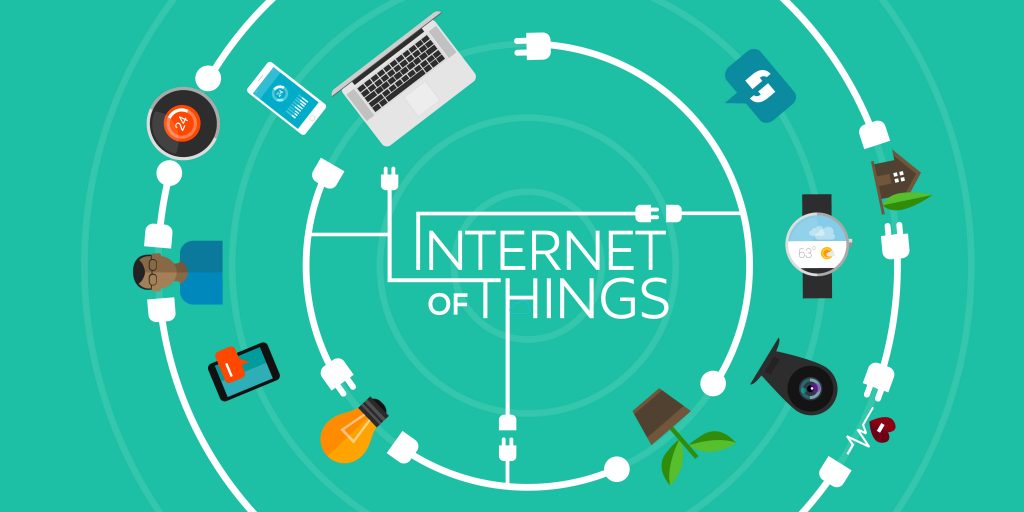
Strength in number is often enhanced in a big way when those numbers of whatever it is are in close proximity to one another, and there are all sorts of examples of that. There are all sorts of examples of that, and in some of them it’s more about providing shared resources even if the collective aim isn’t the same right across the board. The nature of what people do with Internet connectivity is as varied as the 6-digit number combinations, and it’s only going to keep on growing out from here. Again, much of that is made possible by shared resources, even if those in possession of the resources may not even be aware their sharing them. It may be in more of an indirect way but the herring in the innermost area of the ball are providing a benefit to the fish on the edge of it even though those fish are most clearly at risk of being eaten and thus protecting them. They create a possibility, and that’s what keeps the herring ball in a constant state of flux as the competition continues without stopping. This type of strength in numbers can relate to servers too. With the demand for server speed and reliability increasing, there is the need to implement a reliable server cluster for maximum performance. An integrated cluster of multiple servers working in tandem often provides more resilient, consistent, and uninterrupted performance. Here at 4GoodHosting we are a good Canadian web hosting provider that sees the value in relating what goes into decisions in the industry with regard to how you get better performance from your website and in the bigger picture more traction for you online presence. Better Availability / Lower Costs Server clusters are conducive to better business service availability while controlling costs at the same time. Learn some of the key benefits that come with utilizing a server cluster. That’s the term for when a group of servers all tied to the same IP address, and providing access to files, printers, messages and emails, or database records. Node is the one given to each server on the cluster, and each node...













